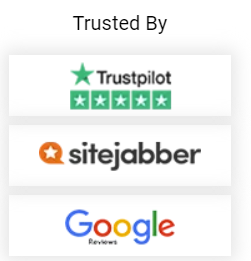Critical thinking is the process of utilizing one’s own and others’ knowledge to analyze and resolve issues (CIPD, 2019). HR professionals must employ critical thinking skills to avoid making decisions based on bias, disinformation, or other types of skepticism. When people consistently use critical thinking, they are better able to take in information, analyze it rationally, and find solutions to issues more rapidly.
Key principles
Before accepting, data and sources should be challenged and examined again for accuracy (Ivanova, 2019). Examining the underlying presuppositions of arguments is crucial for determining the veracity of data cited by experts. An objective mindset is required to comprehend arguments because there is no assurance that an interpretation of a study is accurate. Finally, due to the possibility of prejudice, people should use caution before making judgments based on the information at hand.
Contextualised examples
The absence data for my department revealed a worker who had reached a critical illness absence level, requiring formal action. The employee constantly produces high-quality work and has never missed a day of work. Before any official action was taken, data was gathered on absence causes, trends, and performance. For the employee to express her complaints, I set up a casual meeting. During our conversation, it became clear that the employee was struggling with a tough divorce and was despondent. On numerous days, she had difficulty getting herself to the office. My recommendation that she take some time off and get in touch with our employee assistance program was well received, and she received the appropriate amount of support. After receiving permission to gradually return to work, the employee was able to resume her previous level of productivity. Without applying critical thinking, the company might have lost a valuable employee who was in need of support and understanding at the time.
During a recent managers’ meeting, the topic of increasing employee happiness at work was covered. One manager suggested offering cash incentives for outstanding performance. It sounded like a good concept at the time, but I suggested looking more closely at what our teams need for great performance and what drives people to do their best work. With the use of these discoveries, we were able to estimate the expenses involved and provide a solution that satisfied both the needs of the workers and the company’s budget, leading to greater eNPS scores across the board. Without applying critical thinking techniques, we might have overspent on rewards that fell short of actually motivating our teams.





